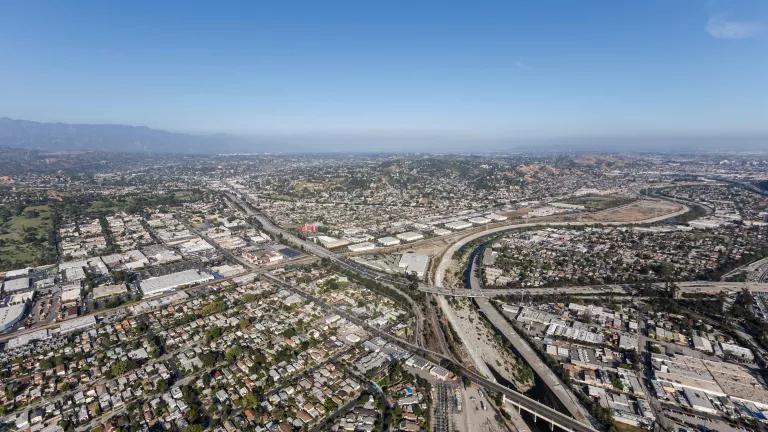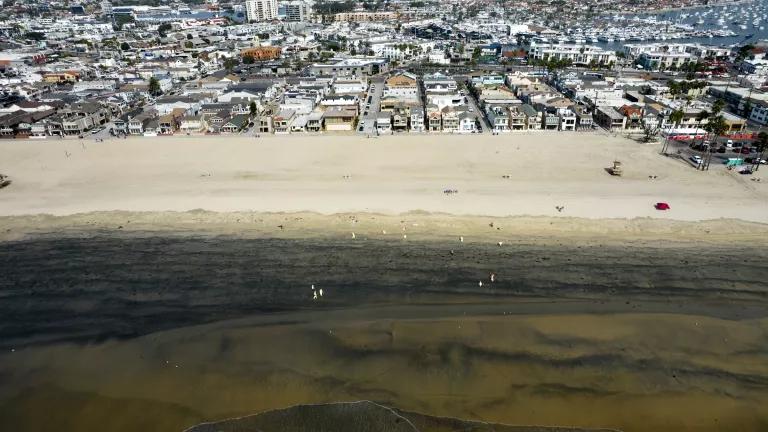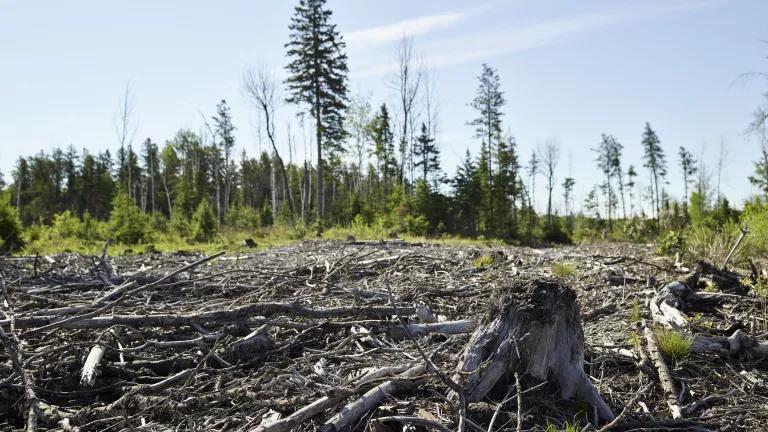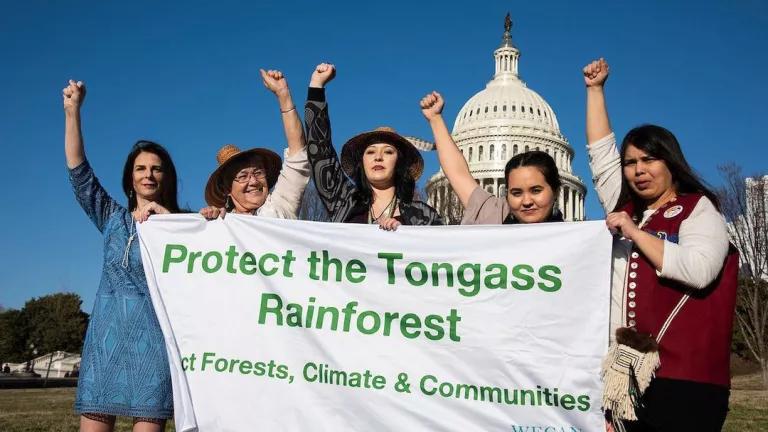California Seeks to Reduce Inequity in Access to Nature
Natural spaces like rivers, beaches, wetlands, and forests are critical to human health and well-being. California's legislature is poised to take action to ensure access to nature for all its citizens by enacting AB3030.

Glendale Narrows section of the Los Angeles River in northeast LA
Natural spaces like rivers, beaches, wetlands, and forests are critical to human health and well-being. Access to nature provides measurable physical and psychological benefits—or, as the American Psychological Association puts it: “green is good for you.” Green space can play a particularly important role in urban areas, where it can help mitigate the effects of climate change. Unfortunately, the history of racial discrimination in the United States has created substantial disparities in access to nature for communities of color and economically disadvantage communities. California's legislature is poised to take action to reduce these disparities and ensure access to nature for all its citizens by enacting AB3030 and establishing a state policy and goal to protect 30% of nature in the State.
In the United States today, including in California, access to nature reflects historical patterns of racial discrimination. As detailed in a report released yesterday by the Hispanic Access Foundation and the Center for American Progress, “the United States has fewer forests, streams, wetlands, and other natural places near where Black, Latino, and Asian American people live.” According to the report:
- people of color are more than three times as likely as white people to live in nature-deprived areas.
- three-fourths of families of color with children live in nature-deprived areas, as compared with less than forty percent of white families with children
That predominantly white communities generally have the highest levels of access to nature is no accident. “Nature deprivation is, instead, a consequence of a long history of systemic racism,” the report explains. In cities, racist policies like redlining and urban renewal excluded people of color from the “white housing market” and pushed communities of color closer to highways and factories. Indigenous communities living in rural areas have likewise suffered disproportionately from environmental degradation and displacement.
Although open redlining was made illegal in the 1970s through community reinvestment legislation, the insidious effects of redlining are still felt today. In California, Black and brown neighborhoods in South LA, Northeast LA, and Downtown LA are still shaped by the aftermath of redlining and the racist public infrastructure projects that followed. Much of California’s development now occurs at the peripheries of metropolitan areas with soaring housing costs. Development in the so-called “urban-wildland interface” often destroys the natural spaces near disadvantaged communities, while exposing those same communities to a greater risk from wildfires.
The California legislature is beginning to take steps to address the racial disparities in access to nature. The recently adopted State Budget creates two permanent positions within the California Natural Resources Agency that will promote more equitable access to the state’s natural resources. The two new positions—Assistant Secretary for Environmental Justice and Assistant Secretary for Tribal Affairs—will build the Agency’s relationships with Tribes and environmental justice groups. These permanent liaisons will work to ensure that disadvantaged communities and tribal communities have a seat at the table in future decisions regarding California’s natural resources.
Meanwhile, AB3030 is making its way through the legislature and would promote equitable access to natural spaces. If enacted, AB 3030 would set a statewide goal of protecting at least 30% of California’s lands and waters by 2030. Concurrent with protecting nature, the bill establishes a state policy to improve access to nature for all people in the state, with a specific emphasis on increasing access for communities of color and economically disadvantaged communities.
These steps won’t be sufficient to reverse decades of environmental injustice. However, they can put California on the right path, establishing the state as a leader in a national effort to reduce longstanding inequities in access to nature.
Special thanks to Jade Nguyen (Program Assistant in Lands Division), Alison Hahm (Access to Nature Legal Fellow), and Nicholas Wallace (Legal Intern) for their research and contributions to this blog.




